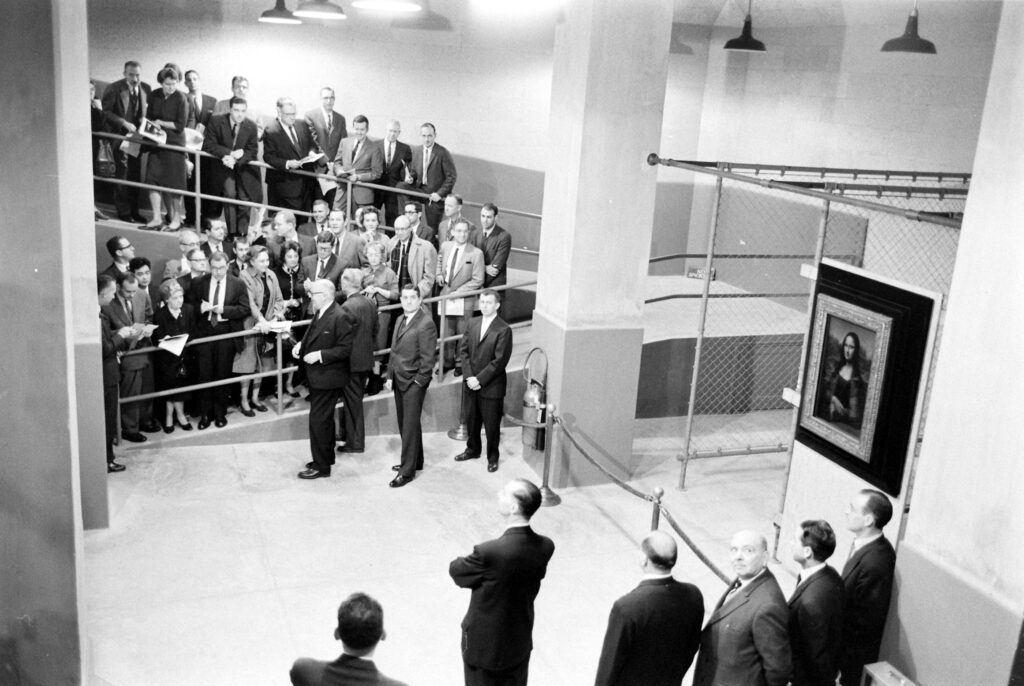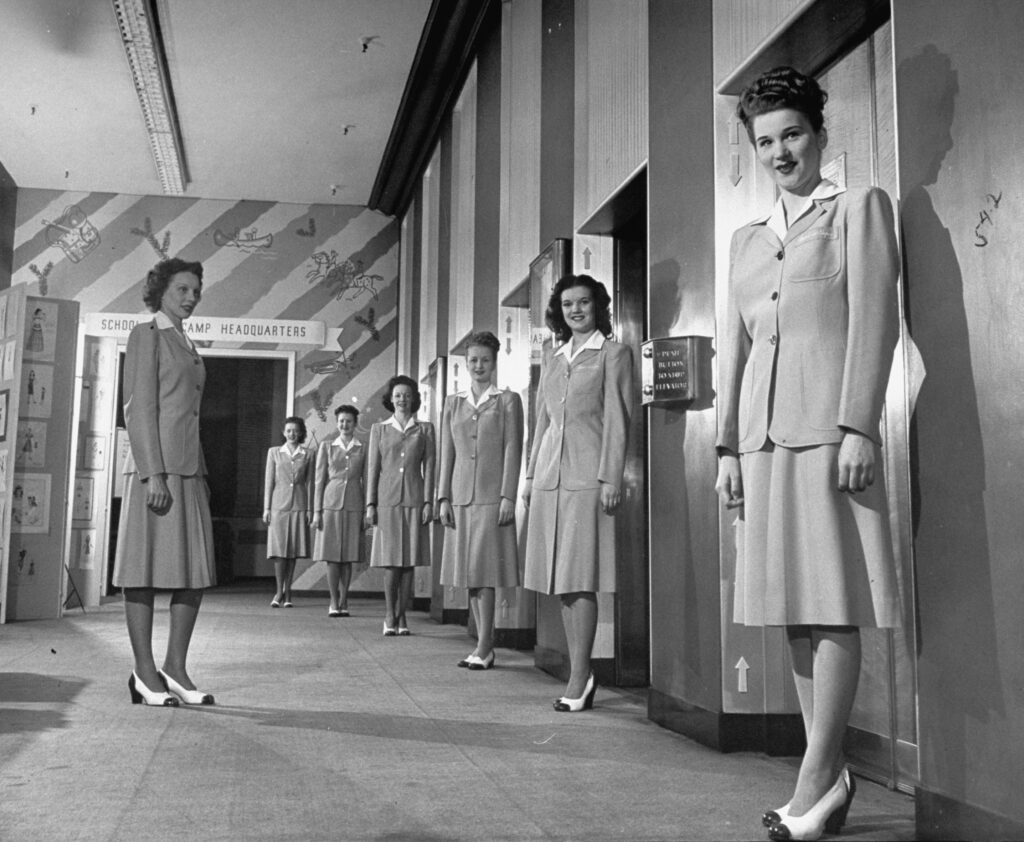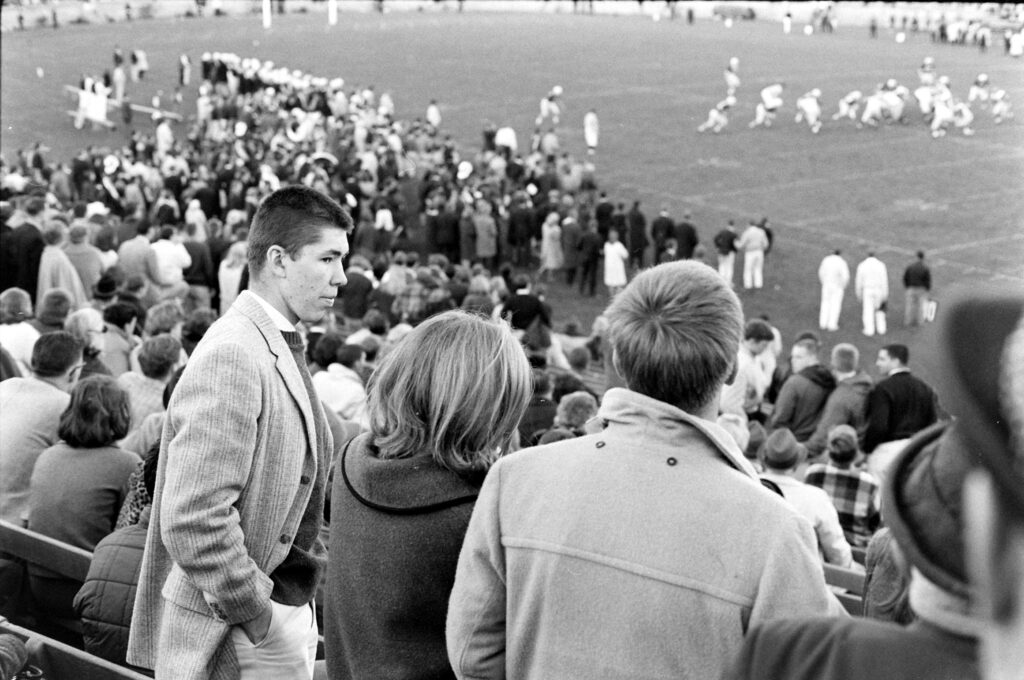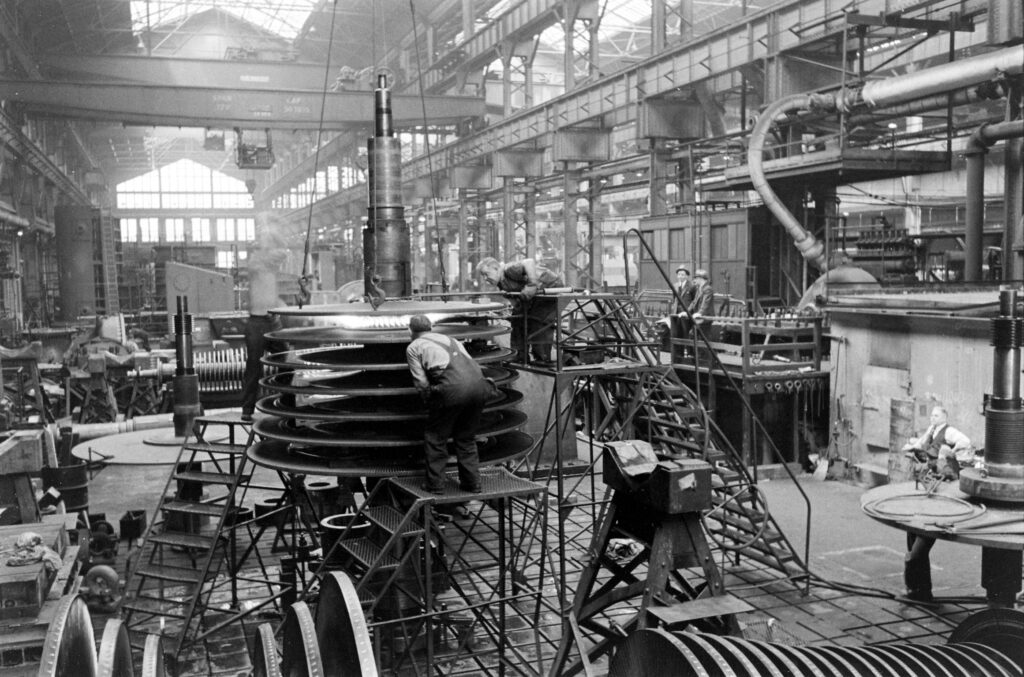Written By: Alexa Jade Frankelis
Seventy-eight years ago this week, LIFE published photographer Nina Leen’s first full-length photo essay: “The World of Washington Irving.” Now largely remembered for stories on America’s ghosts and the Salem witch trials (among hundreds of other assignments for the magazine), Leen spent part of her early career documenting sites associated with one of the most popular legend writers in US history, Washington Irving. To celebrate the release of a new book at the time by the same title, Leen set out to explore those Hudson River Valley and Catskill sites, including Sleepy Hollow, that reflected Irving’s life and tales.
You can still visit many of the sites that both Irving and Leen walked to this day. Below are images retracing the steps of Nina Leen, as she did of Irving over half a century ago.

Waterfalls in the Catskills Mountains, 1944 (left) & 2022 (right)
(Photo on the left by Nina Leen/The LIFE Picture Collection © Dotdash Meredith Corporation) (Photo on the right by Alexa Jade Frankelis, 2022)

Irving’s first voyage up the Hudson from Manhattan to Albany was in 1800. On his journey he passed many sites pertaining to Dutch folklore and Indigenous tales that were haunted by sailors and shipwrecks. A combination of these stories fueled his tale called, Rip Van Winkle, who was a man that had slept for twenty-years in the Catskills due to the deception of mischievous Dutchmen, and awoke to an unknown world.

View of Hudson River from Dunderberg Mountain, once described by author Washington Irving, 1944.
(Photo by Nina Leen/The LIFE Picture Collection © Dotdash Meredith Corporation)

View of Bear Mountain State park, which Dunderberg Mountain is a part of today, 2021.
(Photo by Alexa Jade Frankelis, 2021)
In The Legend of Sleepy Hollow, many of Washington’s characters were inspired by locals now interred in the Old Dutch Church of Sleepy Hollow’s burial ground. Only a little up the hill from the burial ground where Irving would spend his days, begins Sleepy Hollow Cemetery, his final place of rest.

Night in cemetery of the The Old Dutch Church of Sleepy Hollow and the burial ground surrounding it at night, 1944.
(Photo by Nina Leen/The LIFE Picture Collection © Dotdash Meredith Corporation)

Kallitype printing process of the Old Dutch Church in Sleepy Hollow, 2015.
(Photo by Alexa Jade Frankelis, 2018)

Rows of tombstones in Sleepy Hollow Cemetery, New York, 1944.
(Photo by Nina Leen/The LIFE Picture Collection © Dotdash Meredith Corporation)

A draped urn, symbolizing life into death in Victorian mourning grave symbology.
(Photo by Alexa Jade Frankelis, 2020)

Gravesite of author Washington Irving, Sleepy Hollow, New York, 1944.
(Photo by Nina Leen/The LIFE Picture Collection © Dotdash Meredith Corporation)

















